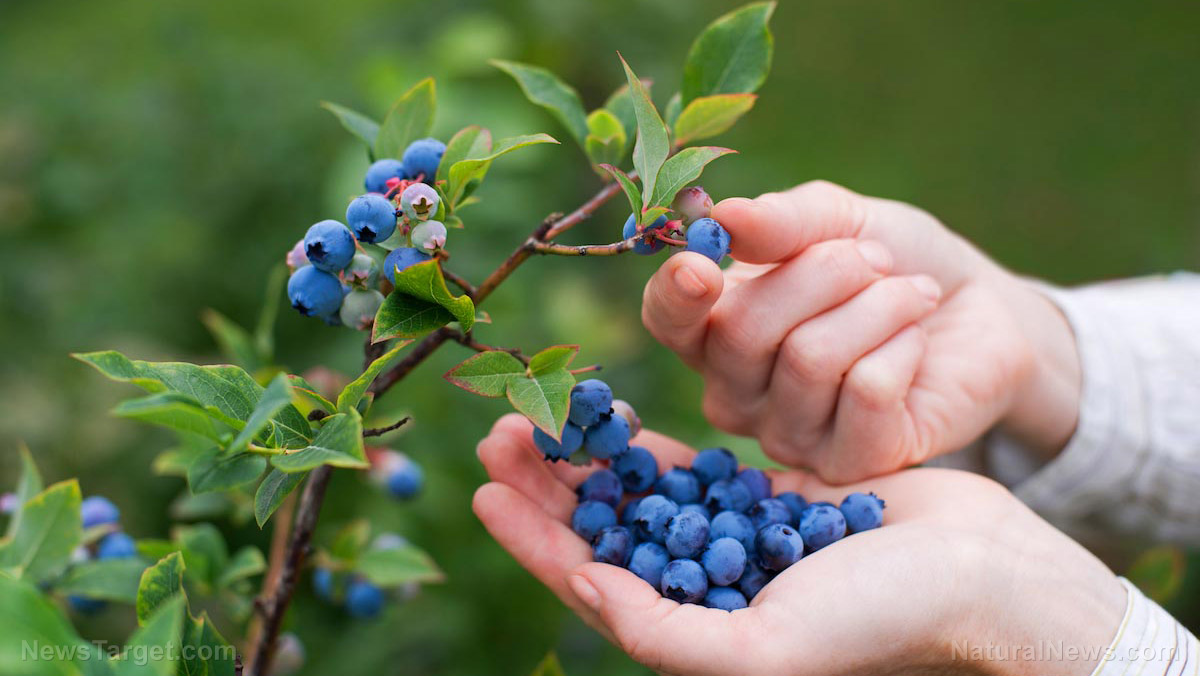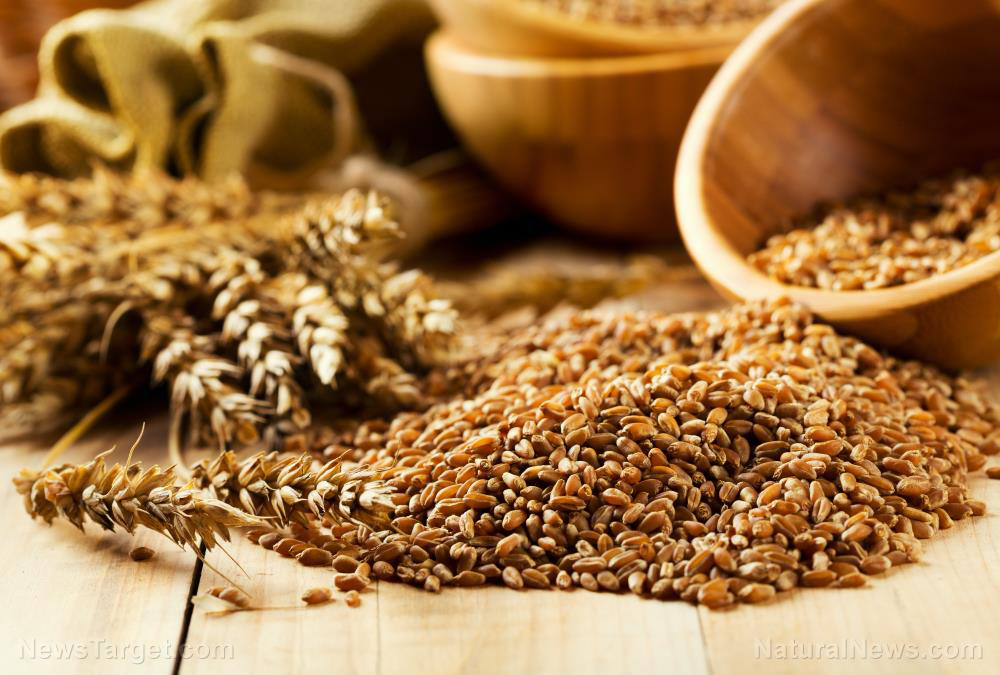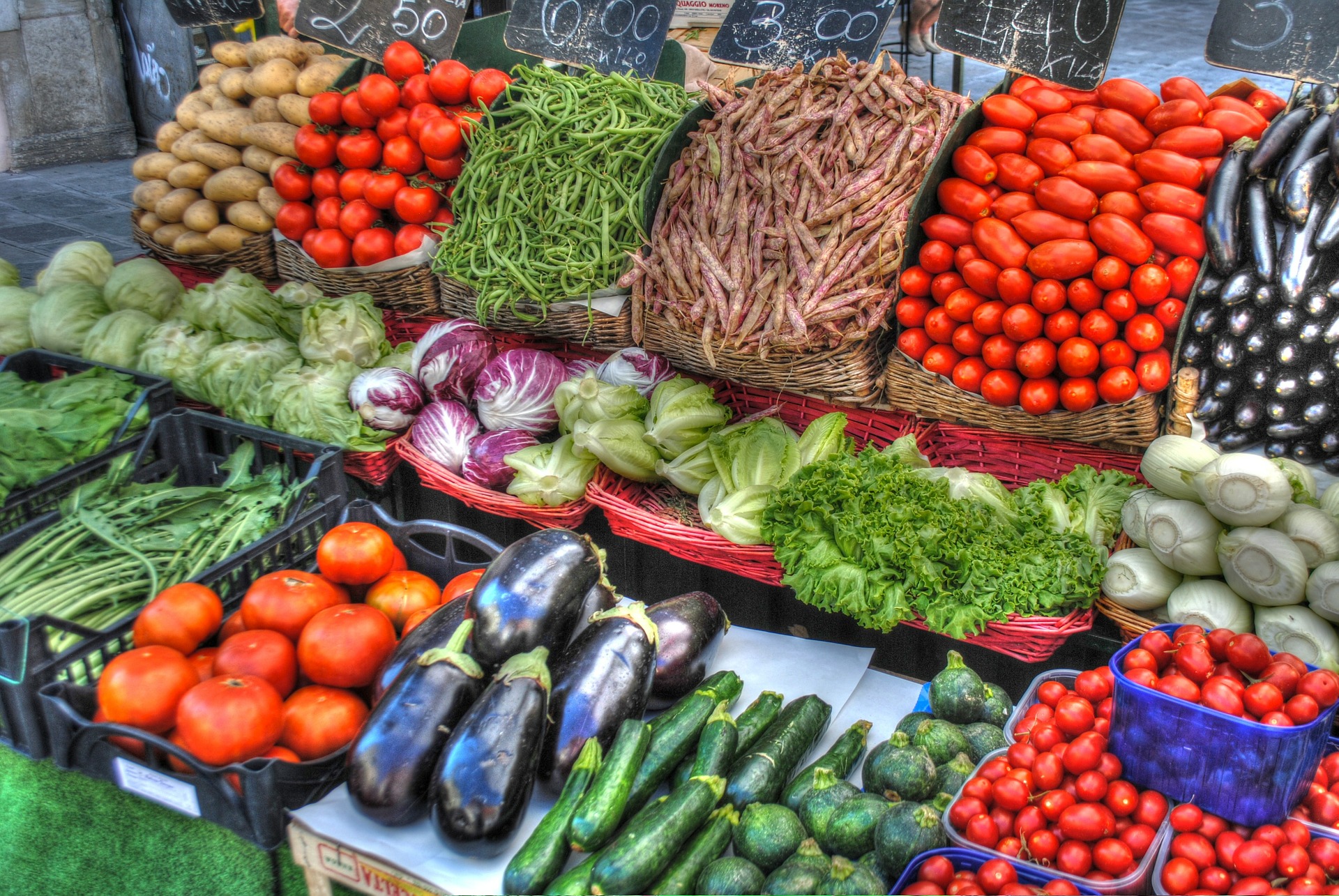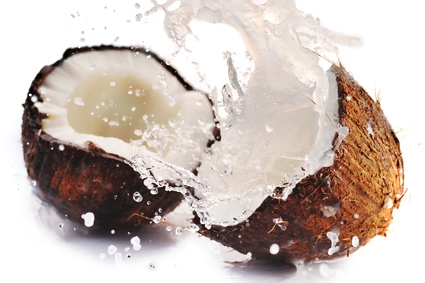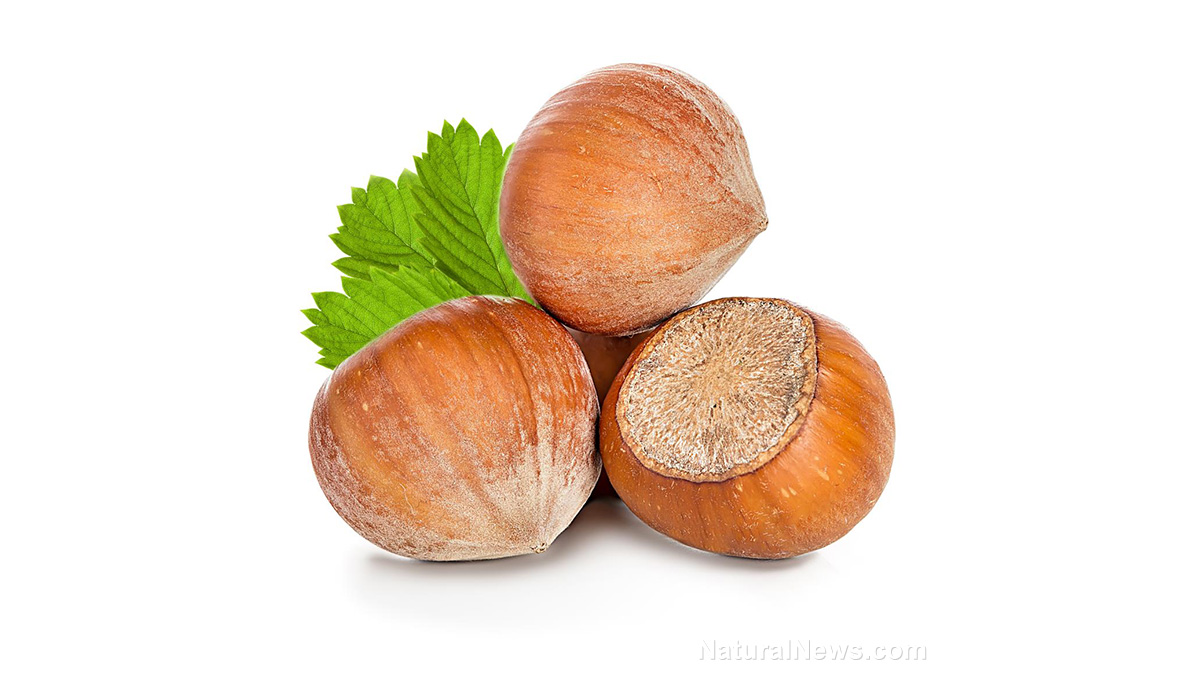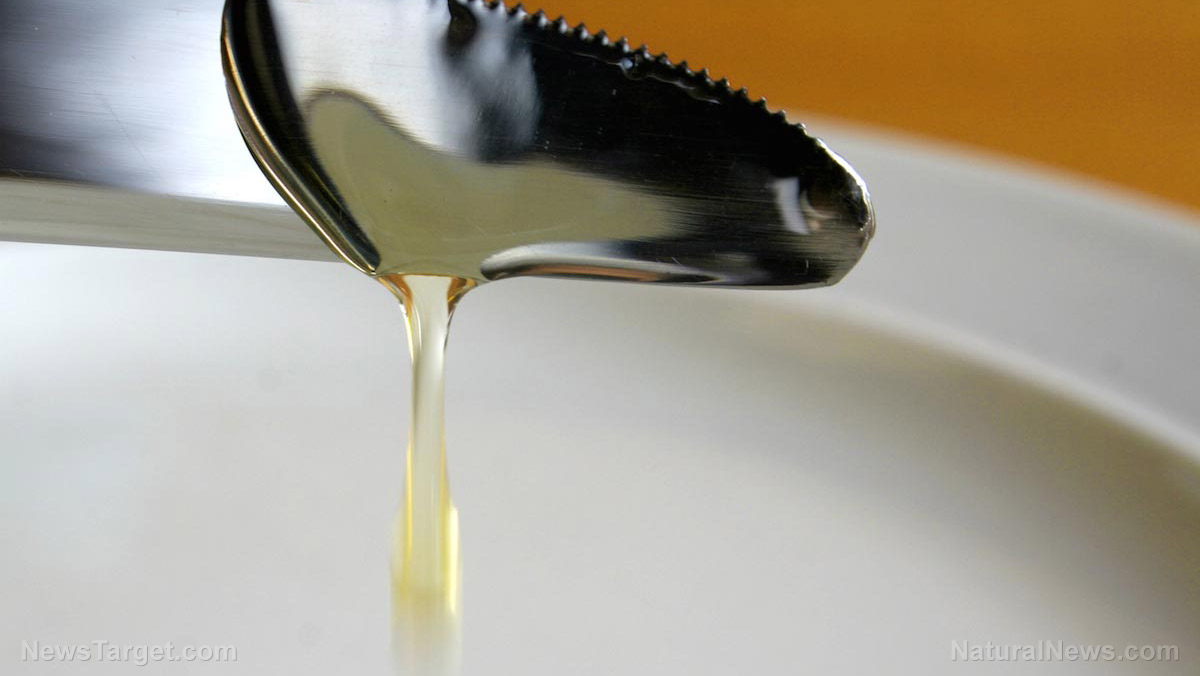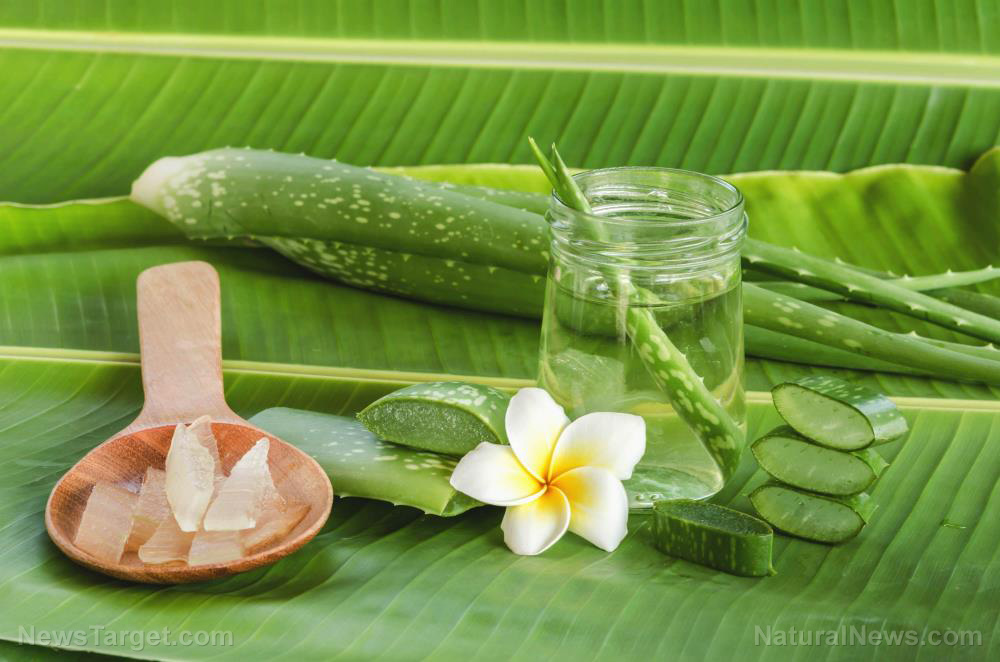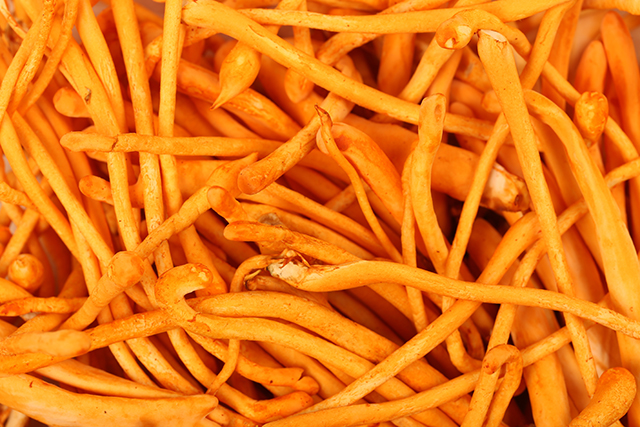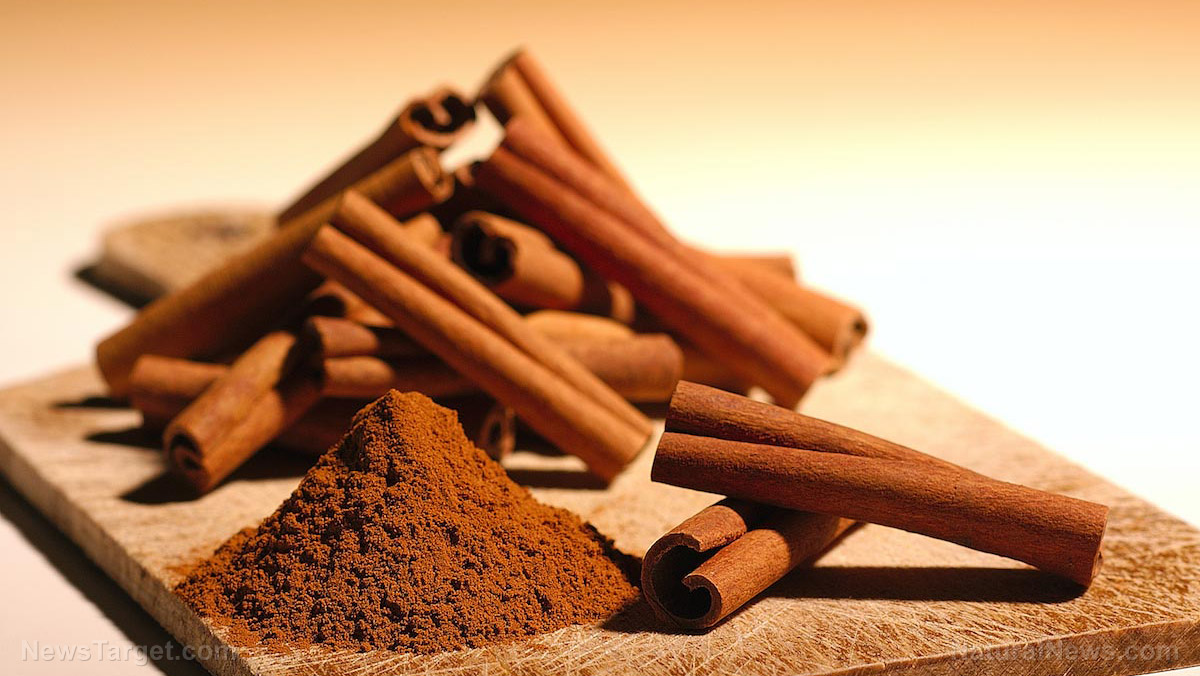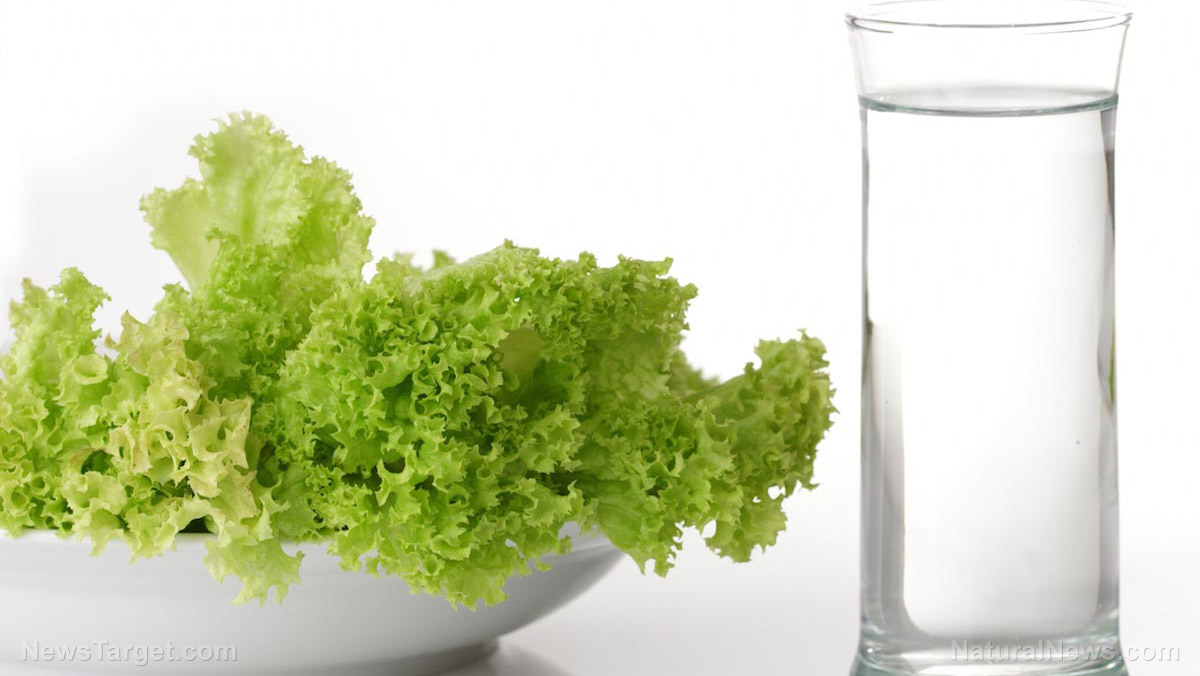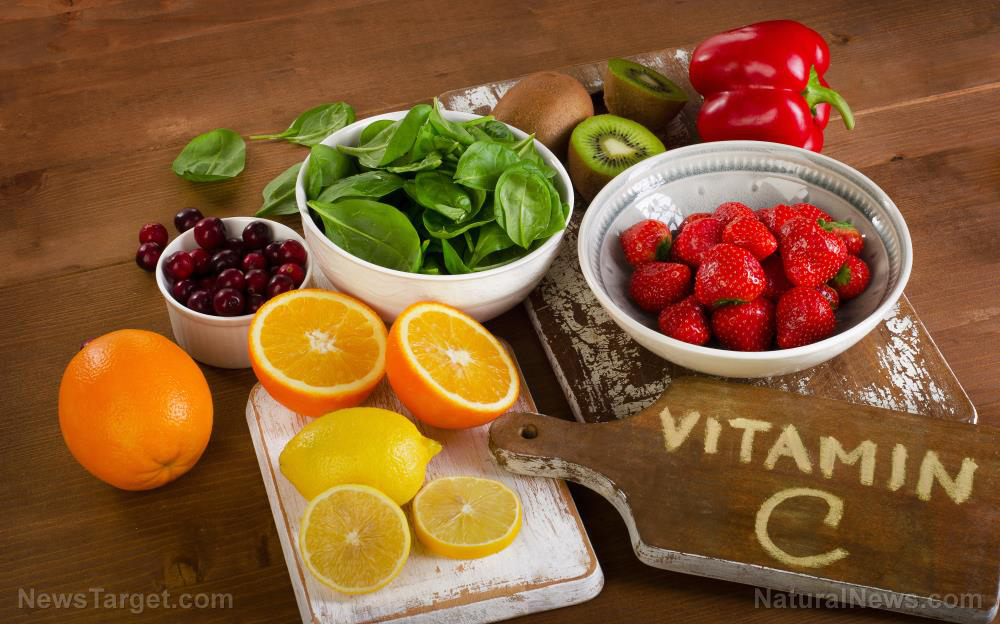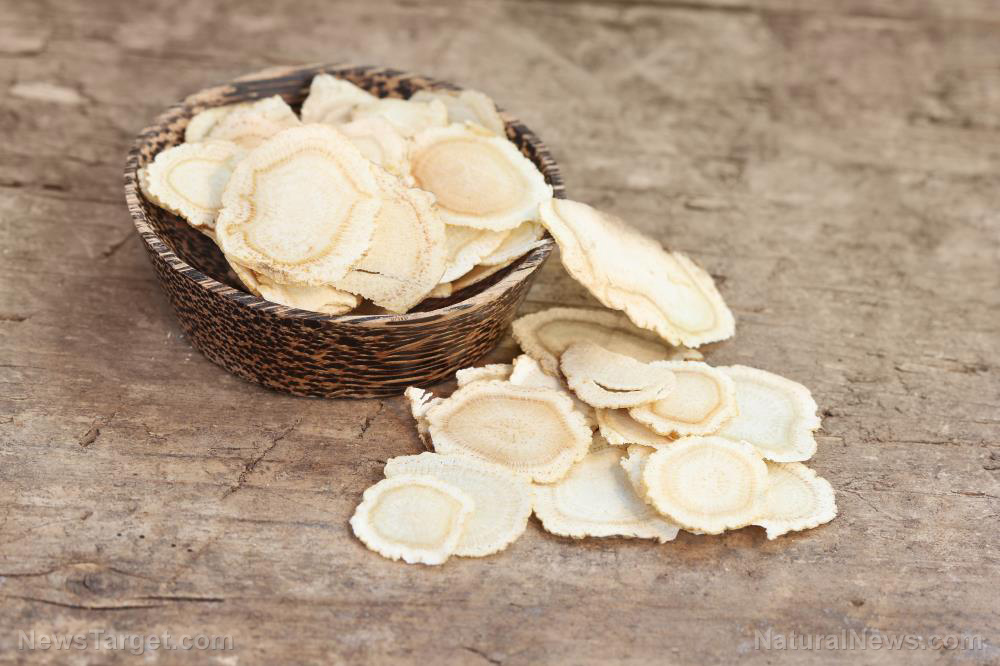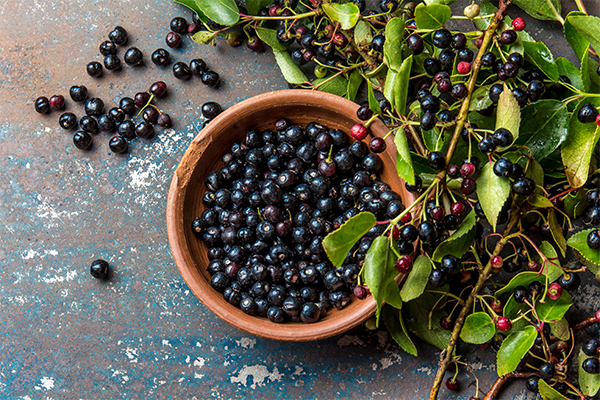A winemaking byproduct found to have potential for naturally managing blood sugar levels
12/04/2018 / By Michelle Simmons

Research has found that grape pomace, a winemaking byproduct, can help regulate blood sugar levels. In the study, researchers from Spain examined the effects of supplementation of grape pomace in humans. Grape pomace is the solid remains of grapes after the mass has been pressed for its liquid.
For the study, the researchers recruited 10 healthy women aged 25 to 65 years who did not consume any antibiotic, prebiotic, probiotic, or vitamin supplement in the six months prior to the study. The participants also underwent through a 10-day washout period, in which they followed a low-polyphenol diet. After that, they consumed two capsules of grape pomace once a day for three weeks. One grape capsule contained 700 milligrams (mg).
The researchers also collected blood samples from the participants after an overnight fast at three points: at the start of the study after the washout period, after two weeks of taking green pomace supplement, and at the end of the supplement treatment at the third week.
The results of the study showed that after the intake of grape pomace extract, changes in mRNA expression related to glucose occurred. This contributed to a reduced risk of Type 2 diabetes. In addition, the researchers saw a significant reduction in blood fasting glucose levels after the treatment period.
With these findings, the researchers concluded that grape pomace can be considered a promising functional agent for promoting health and preventing diseases, especially Type 2 diabetes. (Related: Grape Pomace Shows Significant Potential in Managing Diabetes.)
The study was published in the Journal of Functional Foods and was funded by the Ministry of Economy and Enterprise of Spain.
From winemaking waste to a natural food ingredient
A large portion of grapes consumed every year comes from wine production. According to the Food and Agriculture Organization of the United Nations, the global wine industry produces around 14 million tons of pomace each year, and winemakers do not know what to do with it.
Wine is made from grapes, but not every part of the grape goes into the bottle of wine. In fact, about a quarter of the grapes are usually discarded in landfills as waste. Fortunately, researchers University of Nebraska-Lincoln found a way to make grape waste as a renewable source. The researchers developed a way to use wine leftovers, such as the seeds, stalks, and skins of grapes, as natural food preservatives, using them to produce antioxidants, grape oils, and dietary fibers for health products.
In their study, they segregated the phenolic compounds from the other constituents of the grape pomace. Grape pomace contains many antioxidants, such as proanthocyanidins, anthocyanins, and ellagic acid, which bind to free radicals and protect cells from damage. Then, they assessed the phenolic compounds to make sure that they met safety requirements. After that, they added them to common foods rich in fat, such as mayonnaise and ranch dressing.
These phenolic compounds appeared to significantly inhibit lipid oxidation, which in turn prolonged the shelf life of fatty foods. This effect was especially seen when the samples were exposed to a warm temperature.
The researchers presented their findings at the 255th National Meeting & Exposition of the American Chemical Society (ACS).
Read more news stories and studies on taking natural supplements by going to AlternativeMedicine.news.
Sources include:
Submit a correction >>
Tagged Under:
alternative medicine, blood sugar, diabetes, diabetes prevention, food as medicine, food cures, grape pomace, grapes, natural cures, natural healing, natural medicine, natural remedies, pomace, Type 2 Diabetes, wine, winemaking, winemaking byproduct
This article may contain statements that reflect the opinion of the author
RECENT NEWS & ARTICLES
BloodSugar.News is a fact-based public education website published by Blood Sugar News Features, LLC.
All content copyright © 2018 by Blood Sugar News Features, LLC.
Contact Us with Tips or Corrections
All trademarks, registered trademarks and servicemarks mentioned on this site are the property of their respective owners.

